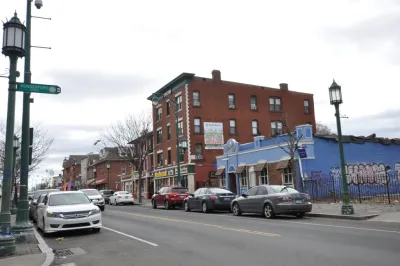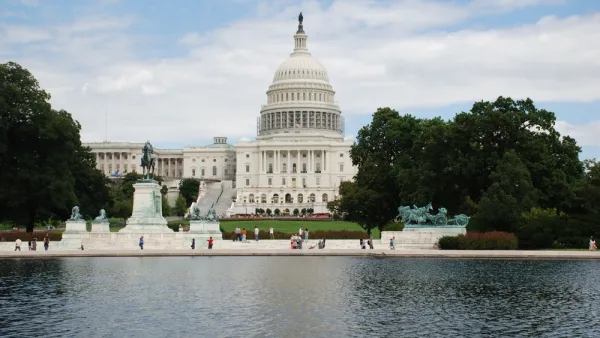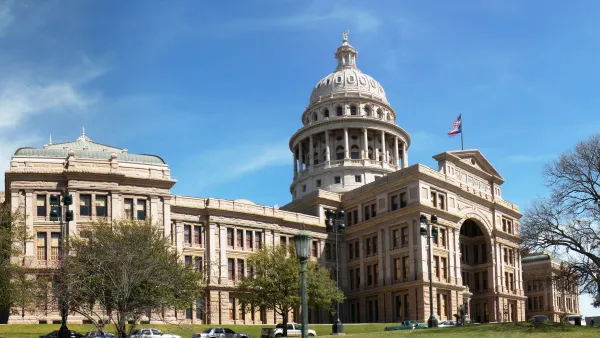The state of Connecticut deploys almost all of its federal housing funding in impoverished communities, according to this bombshell investigatory report.

Jacqueline Rabe Thomas reports from Connecticut as an example of how policy uses low-income housing tax credits to erect pockets of poverty.
"[Connecticut] officials have chosen, year after year, to direct the bulk of public funding for affordable housing to Connecticut’s most impoverished communities," writes Thomas. "Since the mid-1980s, almost $2.2 billion in low-income housing tax credits have been awarded to construct 27,000 affordable housing units in the state. Just 10% were built in prosperous towns, an investigation by The Connecticut Mirror and ProPublica has found."
Some 80 percent of that funding was spent in struggling communities in Connecticut, making it an outlier among a national average which tends toward spending low-income housing money in impoverished areas. "In a recent federal study [pdf] of 21 states, it had the second highest concentration of affordable housing in high-poverty neighborhoods, behind only Mississippi," according to Thomas.
The article traces the systematic origins of these outcomes in Connecticut (e.g., "The state requires developers to obtain local zoning approval before they even apply for a tax credit, a practice that has been flagged by federal regulators as potentially discriminatory) and also the consequences of the pattern for the residents living in subsidized housing in these low-income communities.

National Parks Layoffs Will Cause Communities to Lose Billions
Thousands of essential park workers were laid off this week, just before the busy spring break season.

Retro-silient?: America’s First “Eco-burb,” The Woodlands Turns 50
A master-planned community north of Houston offers lessons on green infrastructure and resilient design, but falls short of its founder’s lofty affordability and walkability goals.

Delivering for America Plan Will Downgrade Mail Service in at Least 49.5 Percent of Zip Codes
Republican and Democrat lawmakers criticize the plan for its disproportionate negative impact on rural communities.

Test News Post 1
This is a summary

Test News Headline 46
Test for the image on the front page.

Balancing Bombs and Butterflies: How the National Guard Protects a Rare Species
The National Guard at Fort Indiantown Gap uses GIS technology and land management strategies to balance military training with conservation efforts, ensuring the survival of the rare eastern regal fritillary butterfly.
Urban Design for Planners 1: Software Tools
This six-course series explores essential urban design concepts using open source software and equips planners with the tools they need to participate fully in the urban design process.
Planning for Universal Design
Learn the tools for implementing Universal Design in planning regulations.
EMC Planning Group, Inc.
Planetizen
Planetizen
Mpact (formerly Rail~Volution)
Great Falls Development Authority, Inc.
HUDs Office of Policy Development and Research
NYU Wagner Graduate School of Public Service




























